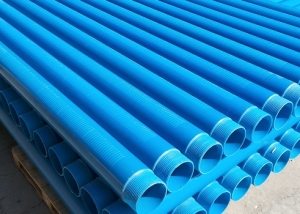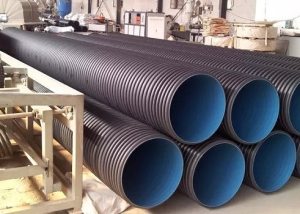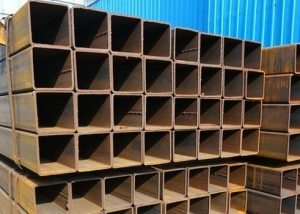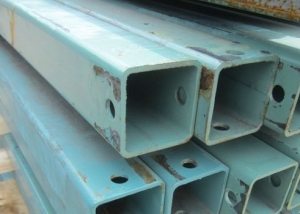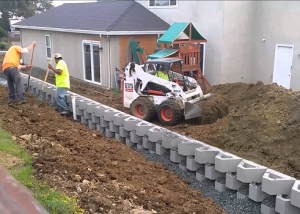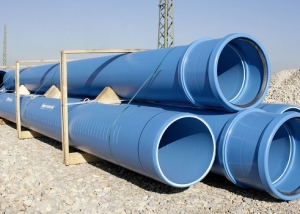The range of rolled products is constantly undergoing changes. For example, today you can buy not only ordinary plastic and metal products in this industry, but also transparent pipes. For their manufacture, both plexiglass and the latest materials, such as polycarbonate, are used. This substance in optical properties is inferior to ordinary glass by only 1-2%, but is characterized by high strength and low specific gravity.
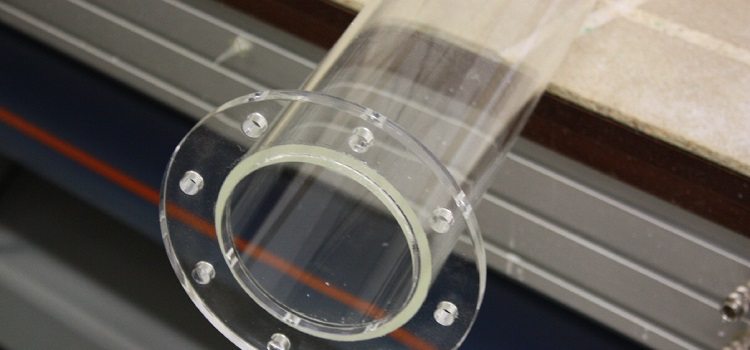
Transparent plastic pipes are made from different materials, but regardless of the raw materials, the products have high technical characteristics
Content
Scopes of plastic transparent pipes
Technical and operational characteristics of these products allow their use in various fields of human activity.
Medical and food industry. Transparent pipes provide the ability to monitor the flow of drugs and food with constant monitoring of their consistency. The material fully preserves the nutritional value of the product and its taste. Water transferred through a transparent plastic pipe remains pristine clean. From the point of view of medicine, it is very important that the material does not react with drugs. The same property predetermined the use of these products in the chemical industry. In particular, in laboratory devices, where visual monitoring of what is happening is especially important.
Furniture industry. Here, from transparent pipes made of plastic, parts for furniture sets of a modern style, interior accessories, exhibition stands, bar counters, trading counters, stair railings and more are made.
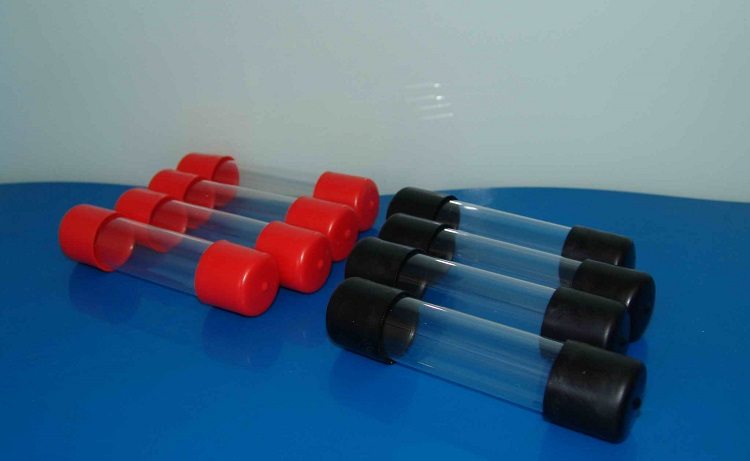
One of the options for using a transparent pipe is the manufacture of containers for various purposes for the food and medical industries
Advertising. In this area, with their help, a variety of lighting effects are created.
Materials for the manufacture
As a raw material for the manufacture of transparent plastic pipes, mainly two materials are used. Let us dwell on them in more detail.
Plexiglass. Another name for this material is polymethylmethacryl (PMMA). It belongs to the group of thermoplastics. Popularity is due to its unique optical properties. This ˗ surface gloss in the absence of any image distortion. In such a plastic tube, it can be not only smooth, but also glossy or velvety. In addition, a transparent plexiglass tube lends itself well to processing - cutting and drilling with an ordinary tool. And given the high impact resistance, products of this type are widely used in the production of various equipment.
Helpful information! Outside, the surface of such pipes is distinguished by brilliant polishing, while the inside has a matte finish.
Polycarbonate The high demand for this material in industry and everyday life is due to the presence of the following properties:
- high mechanical strength. By this indicator, polycarbonate surpasses acrylic 10 times;
- ease. Polycarbonate weighs about 2.5 times less than glass.
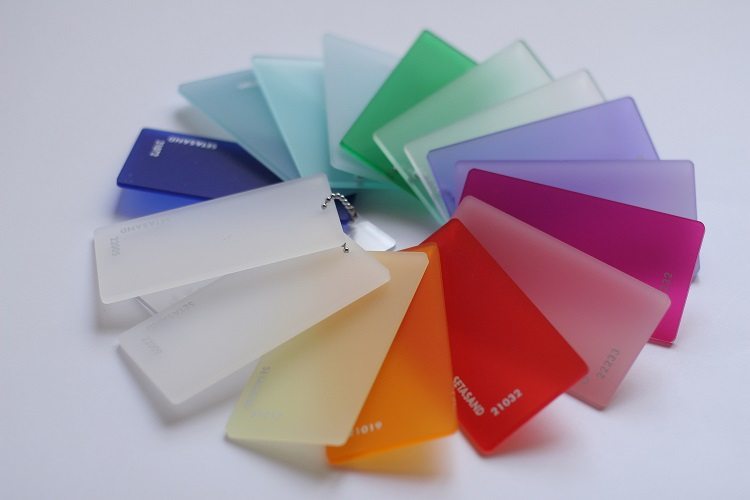
Plexiglass is a material that can be easily processed, so working with pipes from it is quite simple
In addition, this material is respected by installers.A transparent plastic tube made of it can be processed with a simple carpentry tool - it can be drilled, cut, grinded and a screw can be screwed into it without any problems.
Other advantages of such pipes include:
- well withstand temperature extremes over a wide range. That is suitable for outdoor use;
- inertness to food (alcohol, drinking water, dairy products);
- resistance to detergents, solvents, acids and other aggressive compounds.
Technologies for the production of transparent pipes
For the production of acrylic (PMMA) transparent plastic tubes, two technologies are used - extrusion and molding.
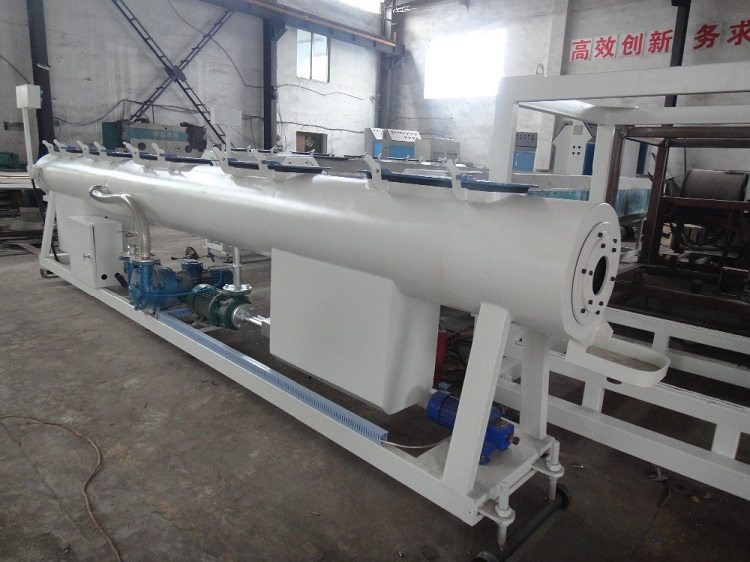
One of the methods for producing transparent pipes requires the use of an extruder; this technology is also used to produce other types of plastic pipe products.
The extrusion process is performed by heating the plastic and then forcing it through an annular hole. For this, a press is used. Calibration is carried out in a special vacuum chamber. The future pipe is pressed against its walls by atmospheric pressure.
Production by casting technology includes the following steps:
- pouring plastic into a special form placed in a centrifuge;
- inclusion of this unit at the required number of revolutions. Under the influence of centrifugal force, liquid acrylic is evenly distributed on the walls of the form;
- the necessary configuration of the product is obtained after cooling the material.
Of particular interest in such pipes is due to their transparency. They can be designed in accordance with your preferences. However, the use of transparent pipes when creating a water supply is not recommended. There are more practical analogues for this.
